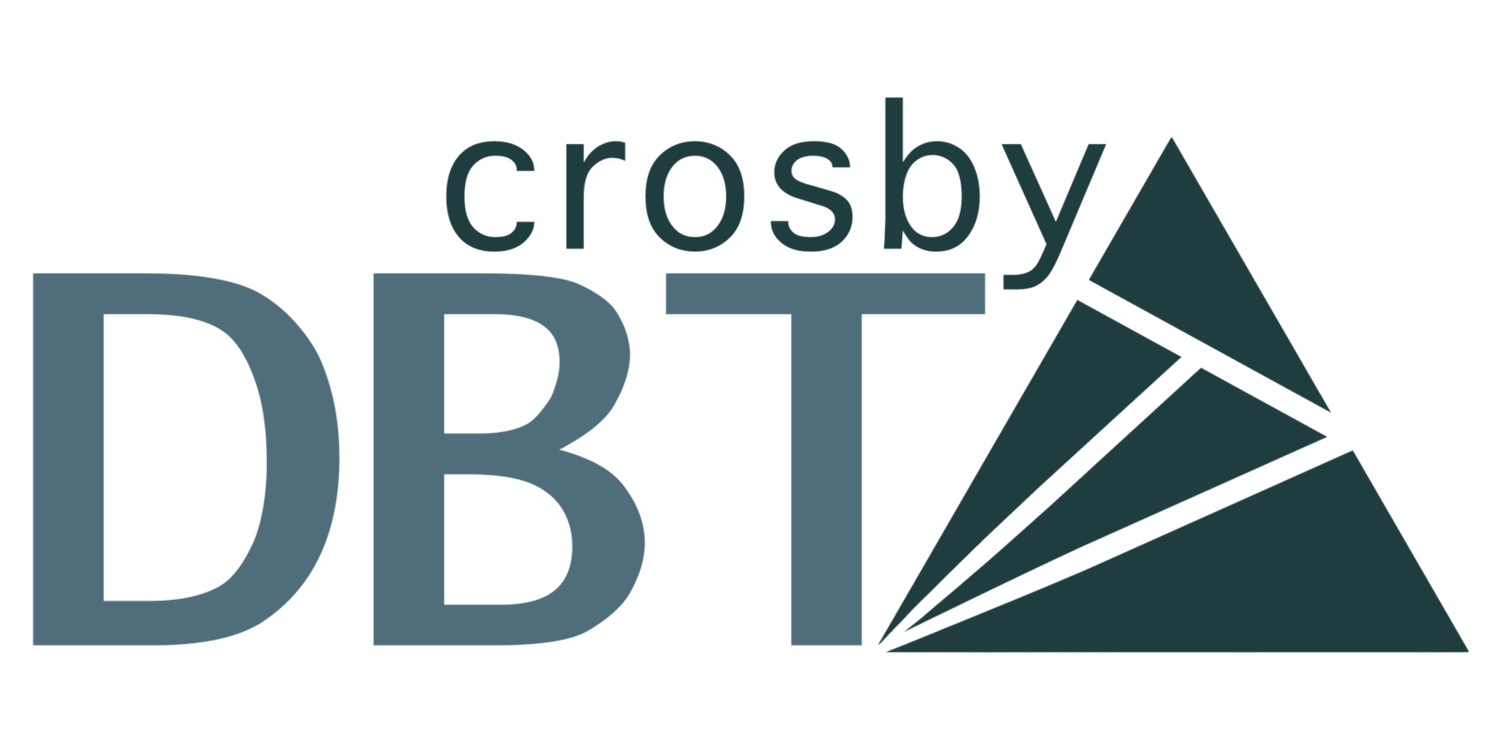What Are Dialectics in DBT?
Learning to Hold Two Truths at Once
If you’re exploring Dialectical Behavior Therapy (DBT), you’ve probably heard the word “dialectics.” It’s right there in the name—but what does it actually mean?
In short, dialectics is the art of holding two seemingly opposite truths at the same time. It’s about moving away from “either-or” thinking and learning to live in the “both-and.”
That might sound abstract, but it’s actually one of the most powerful skills you can learn for emotional regulation, relationships, and overall mental health.
Let’s break it down.
What Is a Dialectic?
A dialectic happens when two ideas that appear to be in conflict are both valid in some way. Instead of choosing one and rejecting the other, DBT teaches us to synthesize them—to find the middle path or a bigger truth that holds both.
Examples of dialectics:
“I’m doing the best I can right now, and I want to do better.”
“I can accept myself and still want to change.”
“This situation is hard and I can survive it.”
Why Dialectical Thinking Matters
Many of us get stuck in black-and-white thinking—also called all-or-nothing thinking. It sounds like:
“I’m either a good person or a bad person.”
“If I can’t do it perfectly, I shouldn’t do it at all.”
“Either they care about me, or they don’t.”
These kinds of thoughts can keep us trapped in shame, self-doubt, and emotional extremes.
Dialectical thinking helps us expand our perspective, reduce judgment, and respond more flexibly to life’s challenges.
The Core Dialectic in DBT
DBT is built on the core dialectic of:
Acceptance and Change
These two forces work together in therapy—and in life.
You need acceptance to feel safe, seen, and validated.
You need change to grow, heal, and build the life you want.
It’s not one or the other. It’s both.
Your DBT therapist will honor where you are right now while also gently challenging you to move toward your goals. This is what makes DBT different from approaches that focus only on insight or only on action.
How Dialectics Show Up in Everyday Life
Here are just a few places dialectical thinking can help:
In Emotions:
“I feel overwhelmed and I can handle this moment.”
“I hate feeling anxious and I can learn to cope with it.”
In Relationships:
“We see this differently and we both have valid points.”
“I’m angry with you and I still care about you.”
In Self-Talk:
“I made a mistake and I’m still a worthy person.”
“I’m struggling and I’m not giving up.”
Practicing Dialectical Thinking
Dialectical thinking takes time, especially if you’re used to seeing things in absolutes. Here are a few ways to practice:
Catch all-or-nothing thoughts. Ask: “Is there a middle path here?”
Use “and” instead of “but.” It’s a small change that opens up space for both truths.
Validate different perspectives. You don’t have to agree to understand.
Try saying:
“Both things can be true.”
“This is more complicated than it seems.”
“Maybe there’s a truth I haven’t seen yet.”
Final Thoughts
Dialectics help you get unstuck.
When you stop seeing things as either-or, you can start making space for nuance, compassion, and growth. You can hold your pain and your power. Your flaws and your strengths. Your past and your potential.
You are not one thing. You are many things at once.
And in DBT, that’s not just okay—it’s the point.
